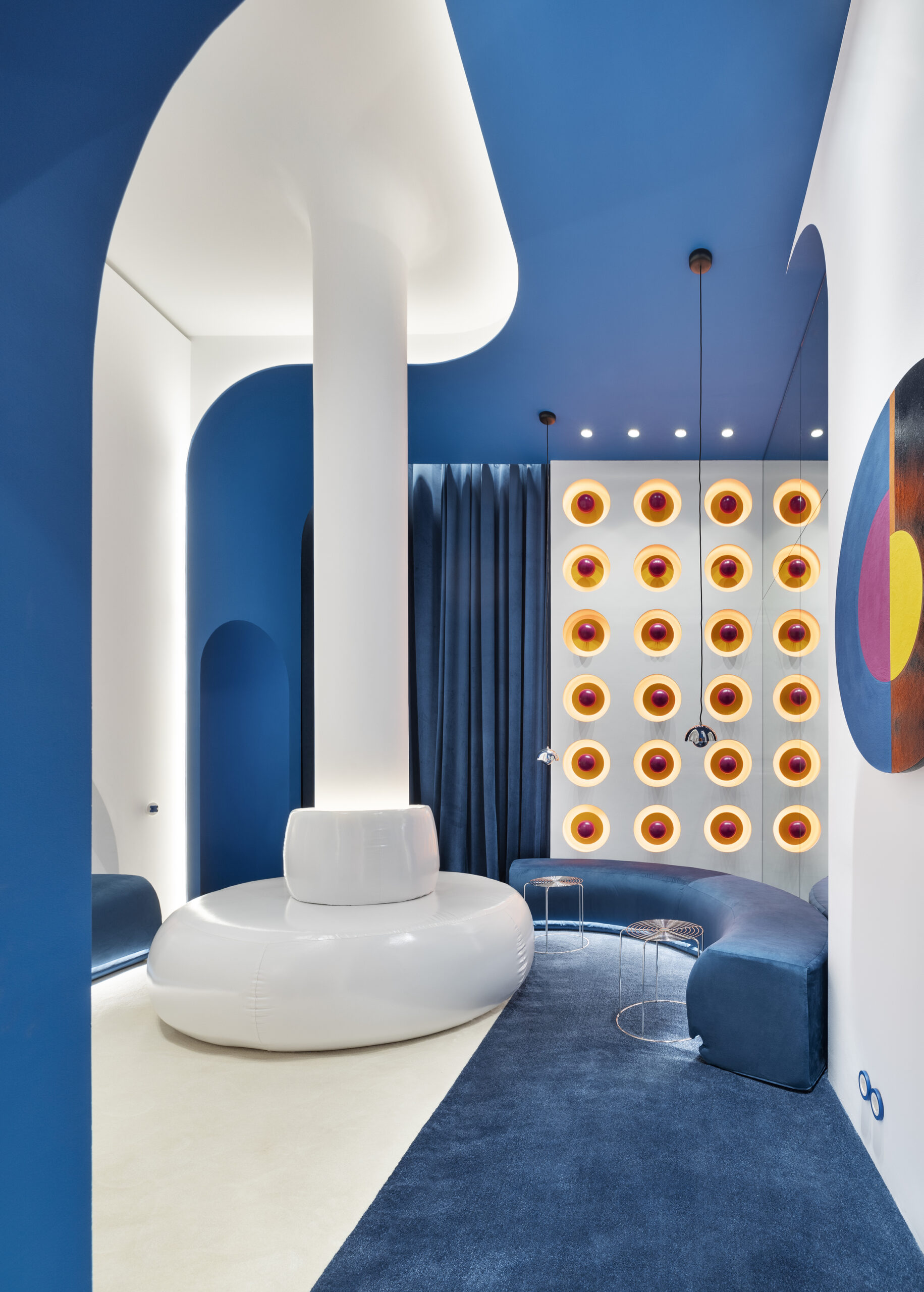
Photographs: Nacho Uribesalazar and Nuel Puig
Interior Design Project
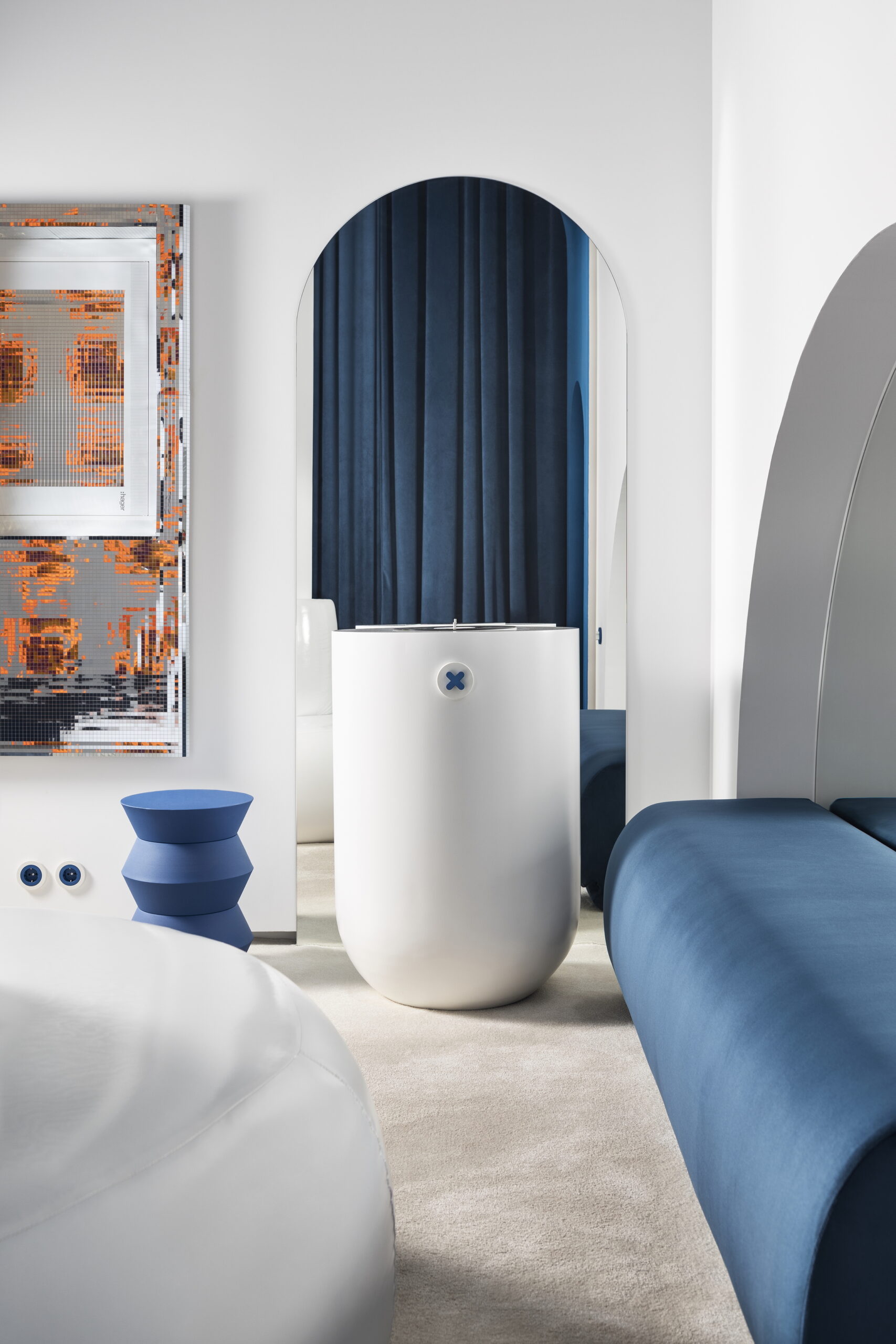
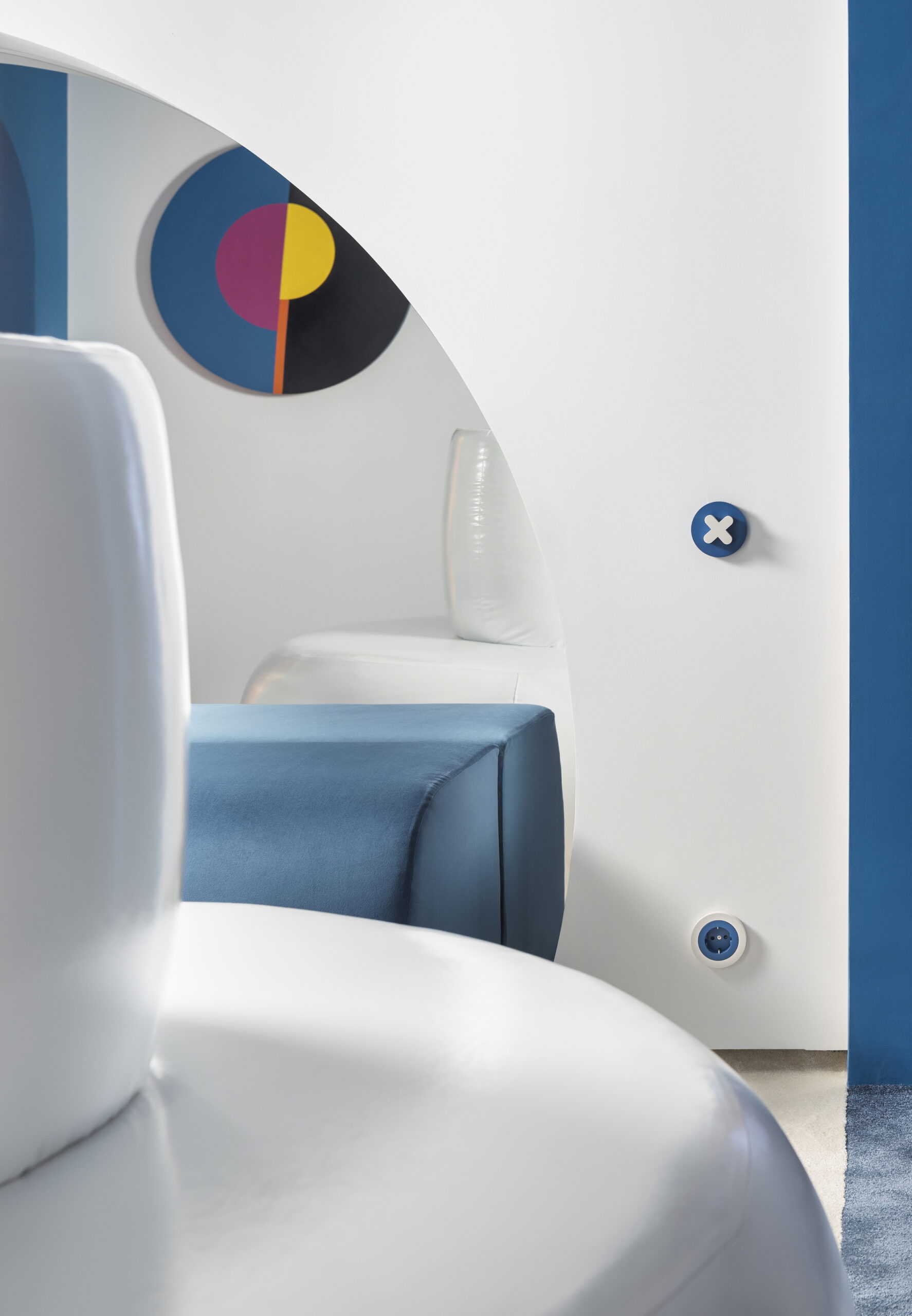
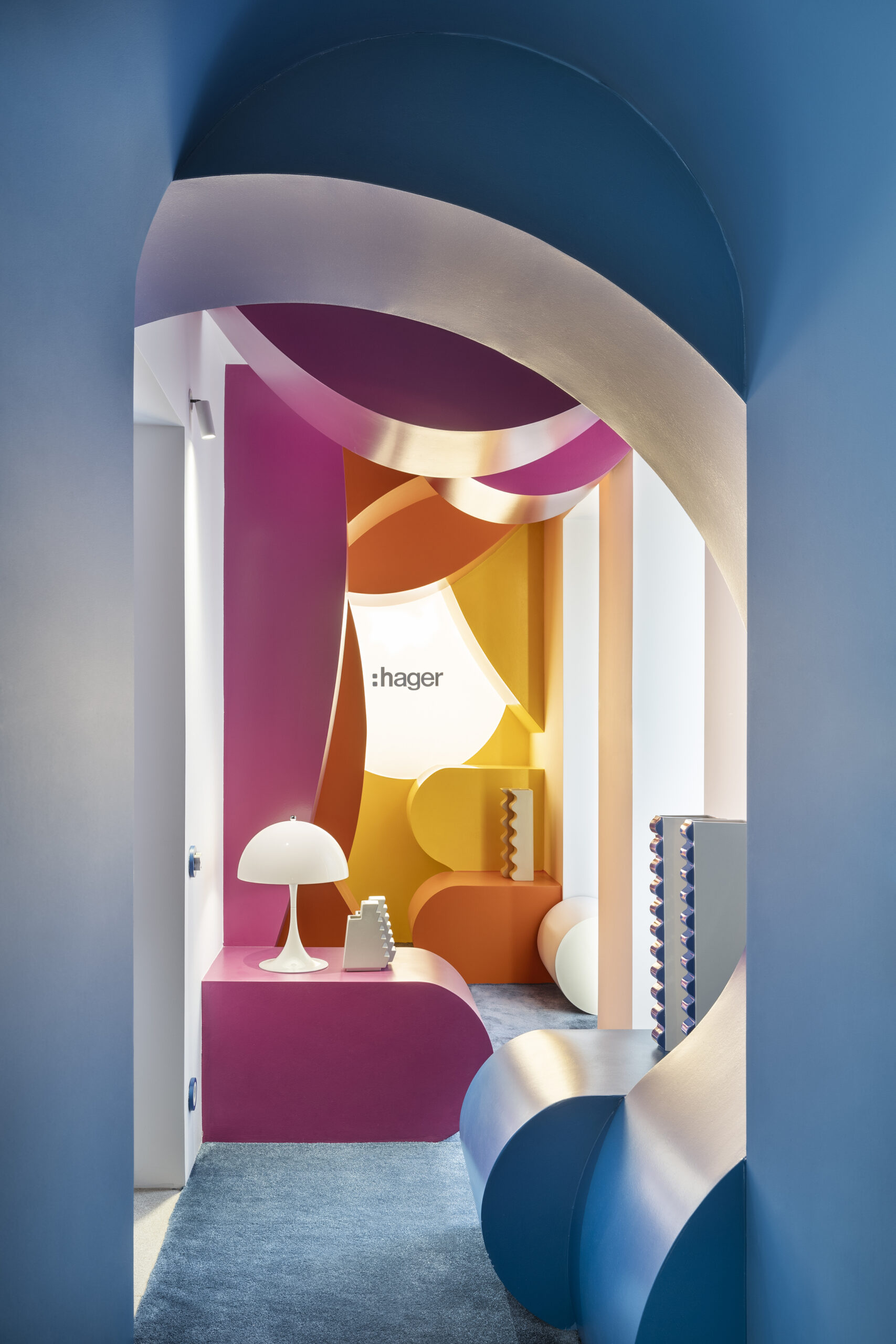
The seventies in Club X are not just a visual inspiration; they form the foundation for reclaiming a way of living that had been fading. Joy, hedonism, music you feel in your body, conversation that becomes ritual… all of this is there, condensed in a space that functions as a large “conversation pit,” that iconic typology that encourages us to pause, slow down, and enjoy the moment. The space invites you to sit, look, listen, let yourself be carried by the softly but constantly playing disco music, and why not, enjoy a cocktail with friends. Here, design is not just image; it is a facilitator of encounters and shared emotions.
I wanted the colour palette to speak with strength and personality, without compromise. White and blue set the rhythm, a blue that holds special weight for me: the perfect blend of technology, emotion, and the Mediterranean light of my homeland, Valencia. This deep blue changes throughout the day, sometimes powerful, sometimes soft, and here it connects the brand’s identity with the atmosphere I wanted to create. The colour does not remain in the paint; it flows through volumes, details, and the way natural and artificial light bathes every corner, making the space breathe and transform with every movement.
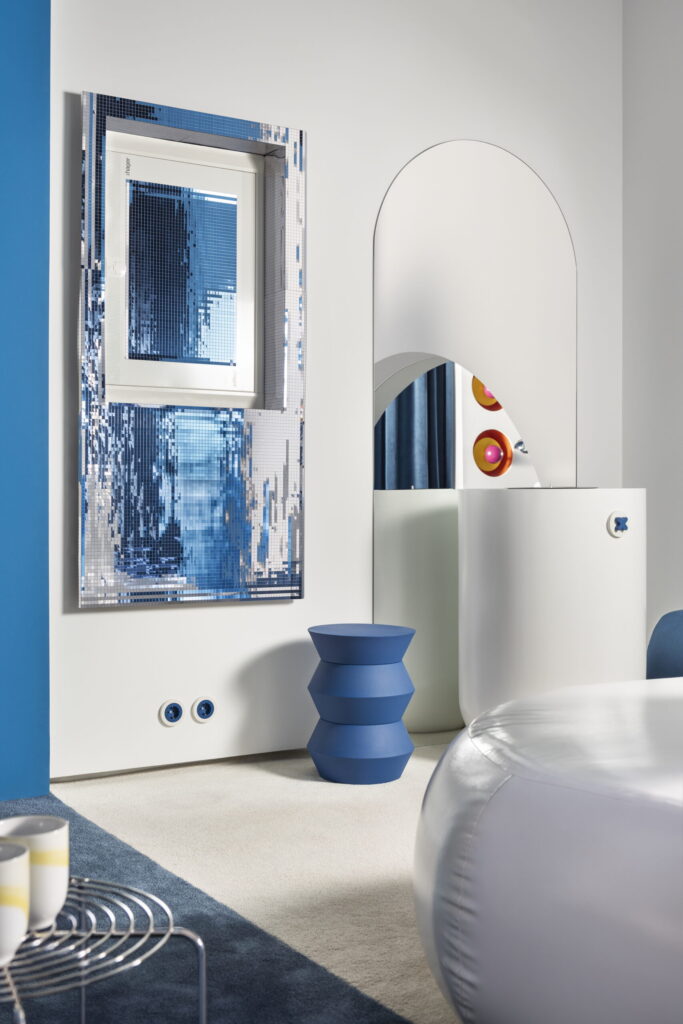
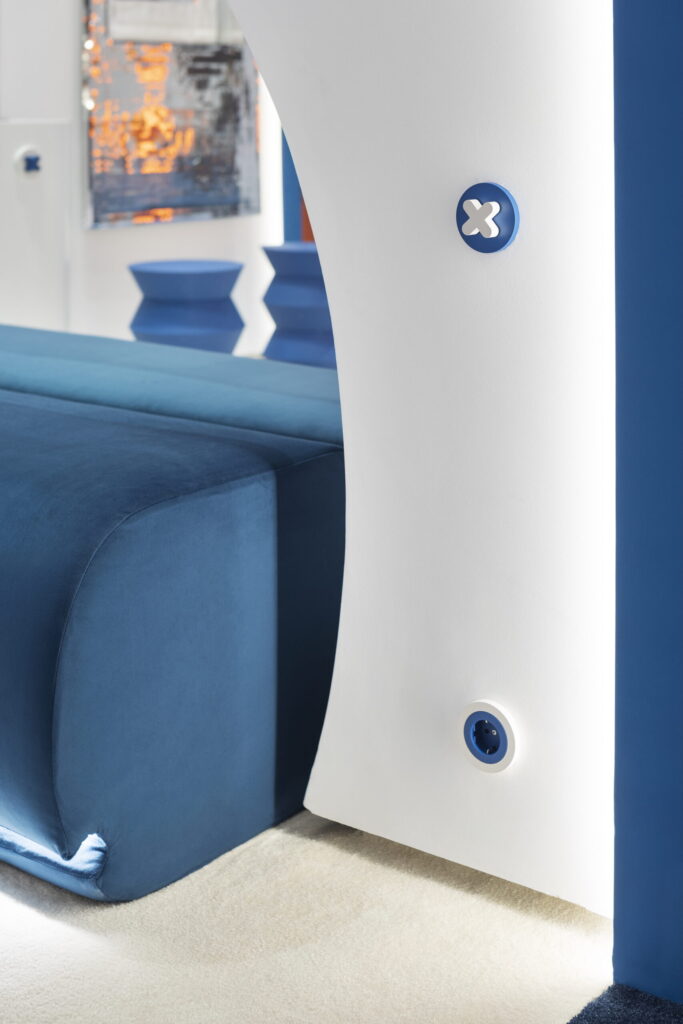
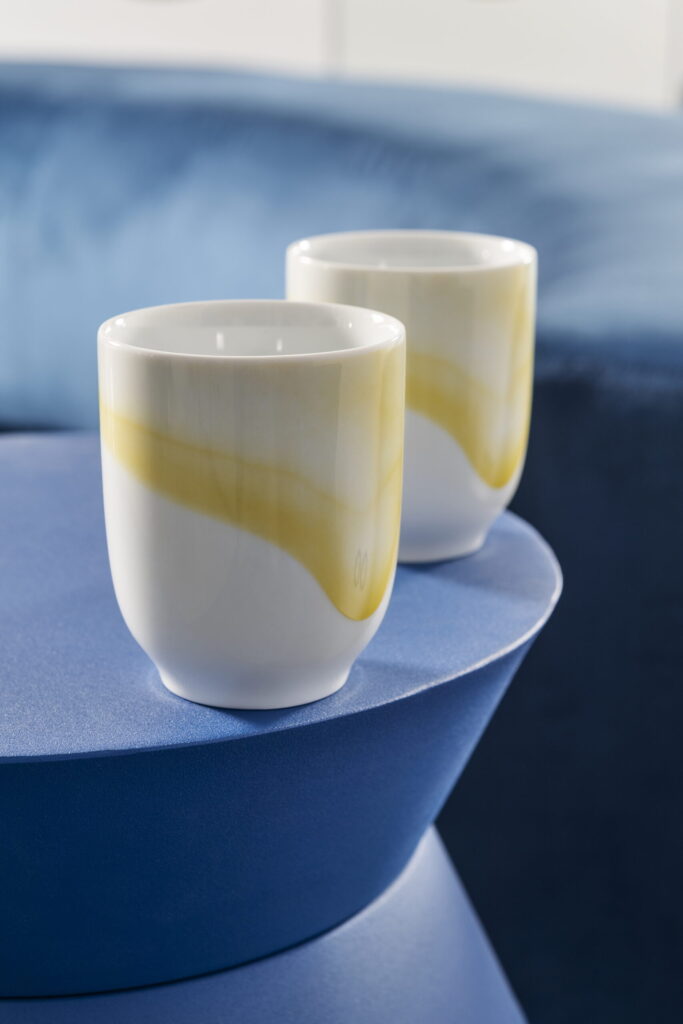
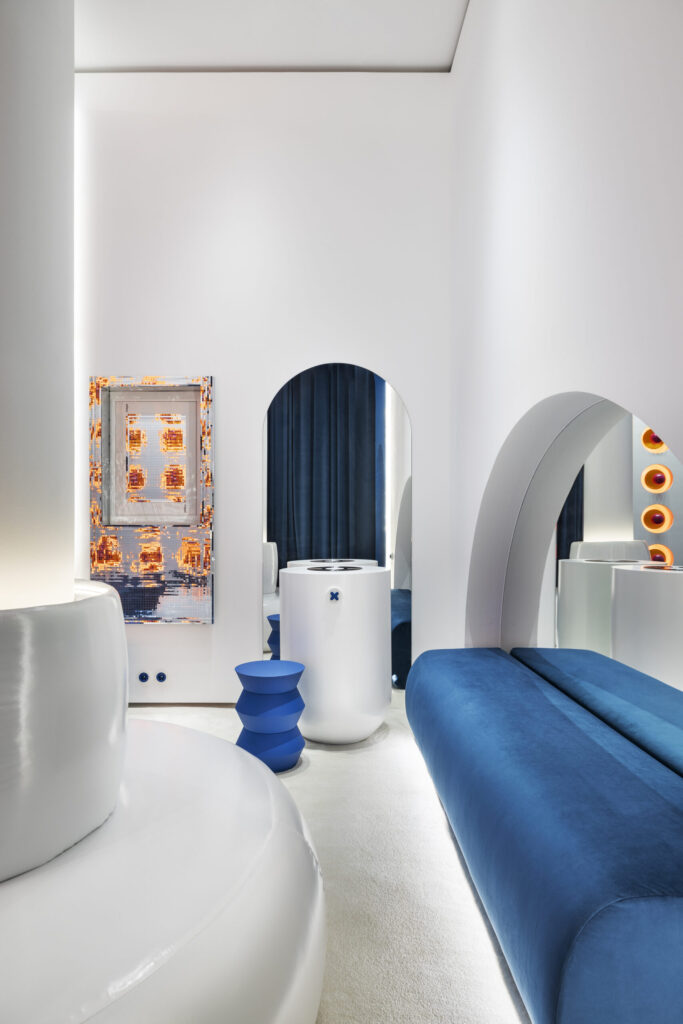
The tribute to the artistic avant-garde of that decade is another cornerstone of Club X. The presence of Manuel Nieto, a Valencian artist whose energetic pop work dialogues perfectly with the mobile architecture of the space, adds an extra layer of life and movement. Thanks to the technology provided by Hager, the art is not just a static image; it vibrates, illuminates, and transforms. Here, light is not merely functional; it is another material of design, capable of moving and generating sensations through its technical precision and poetic quality.
The project draws on cultural references I deeply admire: the explosiveness of Kenzo Takada, his irreverent way of mixing cultures and colours, and the futuristic boldness of Verner Panton, whose shapes and colours broke moulds and continue to inspire. Panton represents, for me, that connection between past and future, a bridge that Club X constantly seeks to cross, merging nostalgia with innovation. It is a space that does not look back to remain there, but to project forward with courage and creativity.
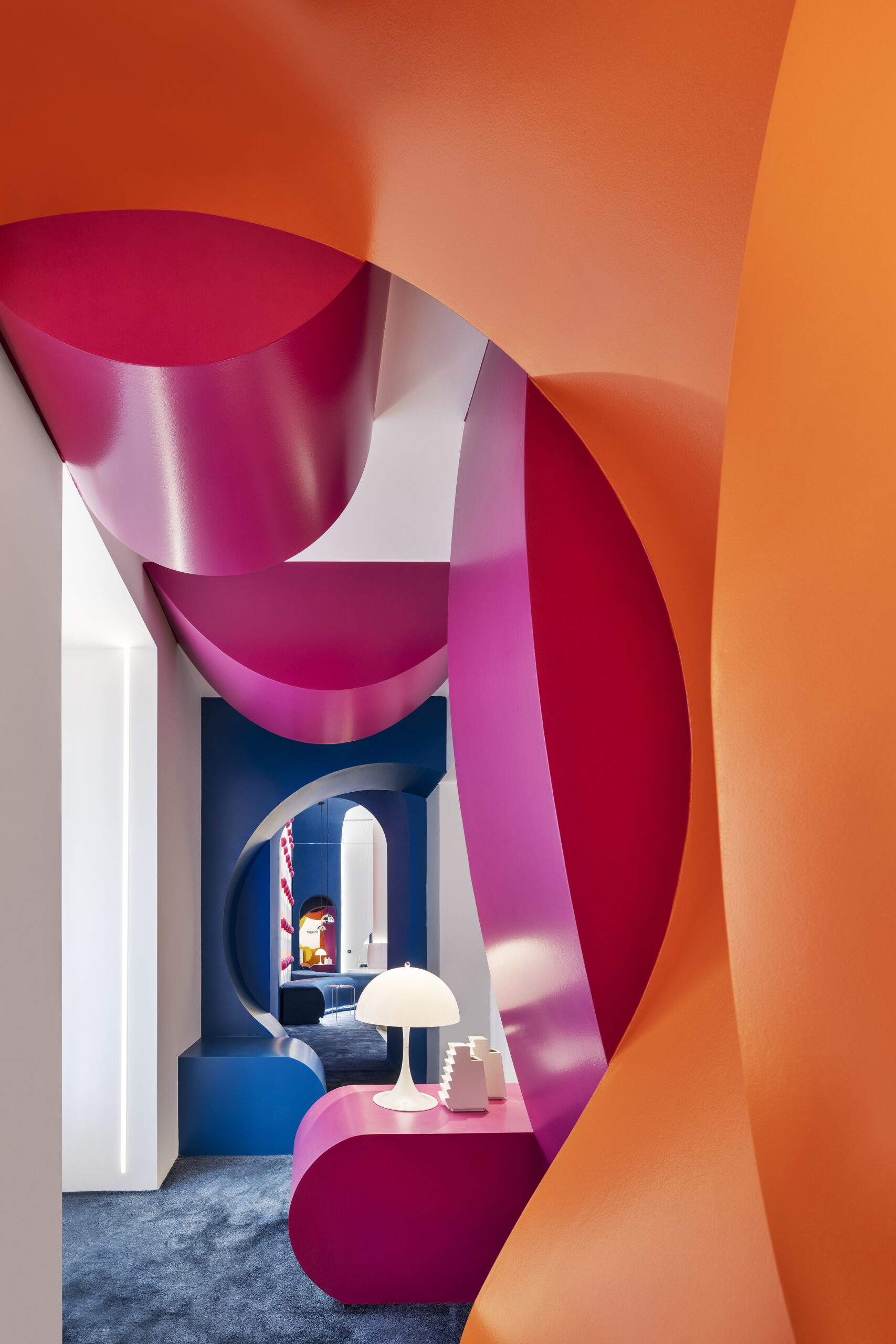
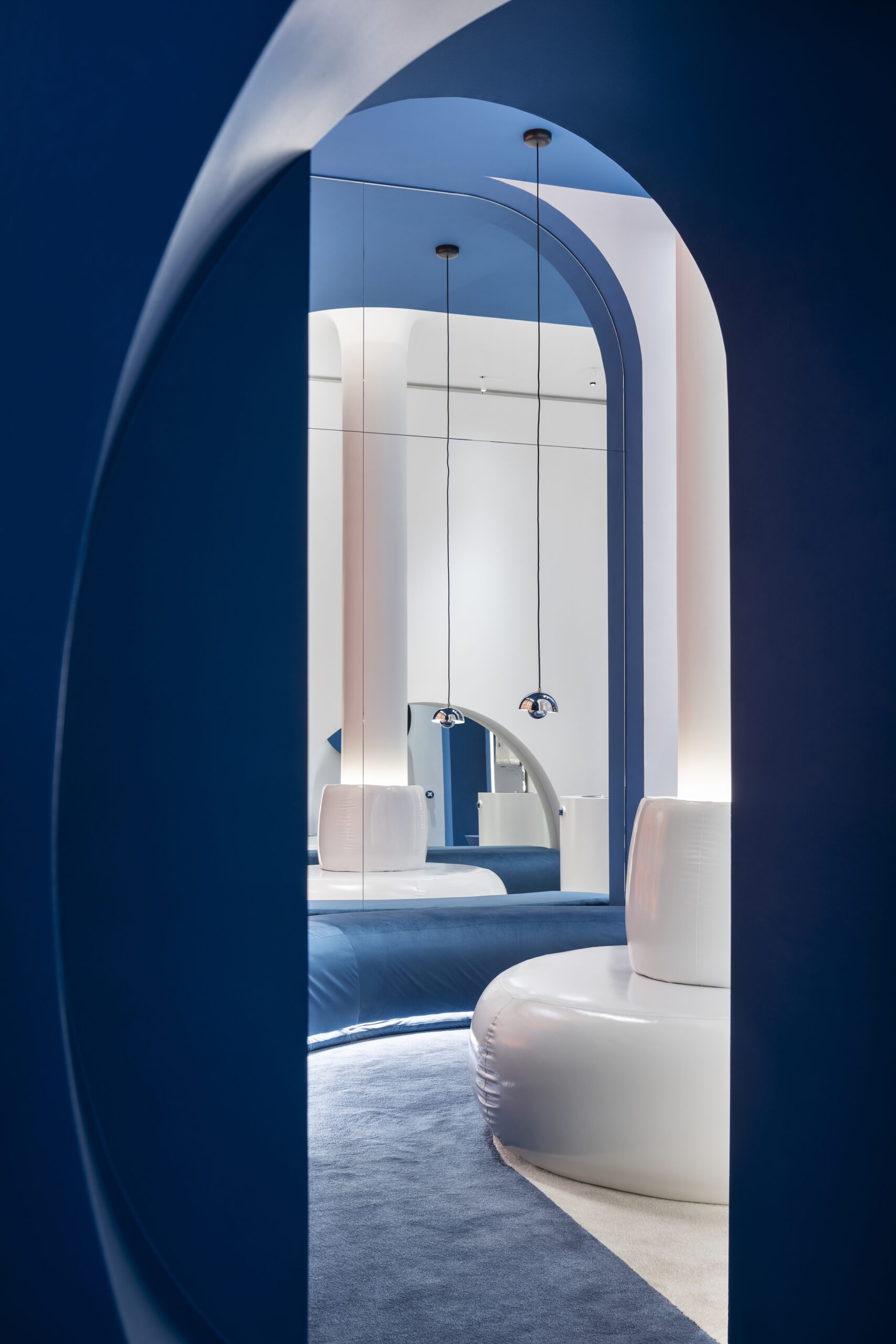
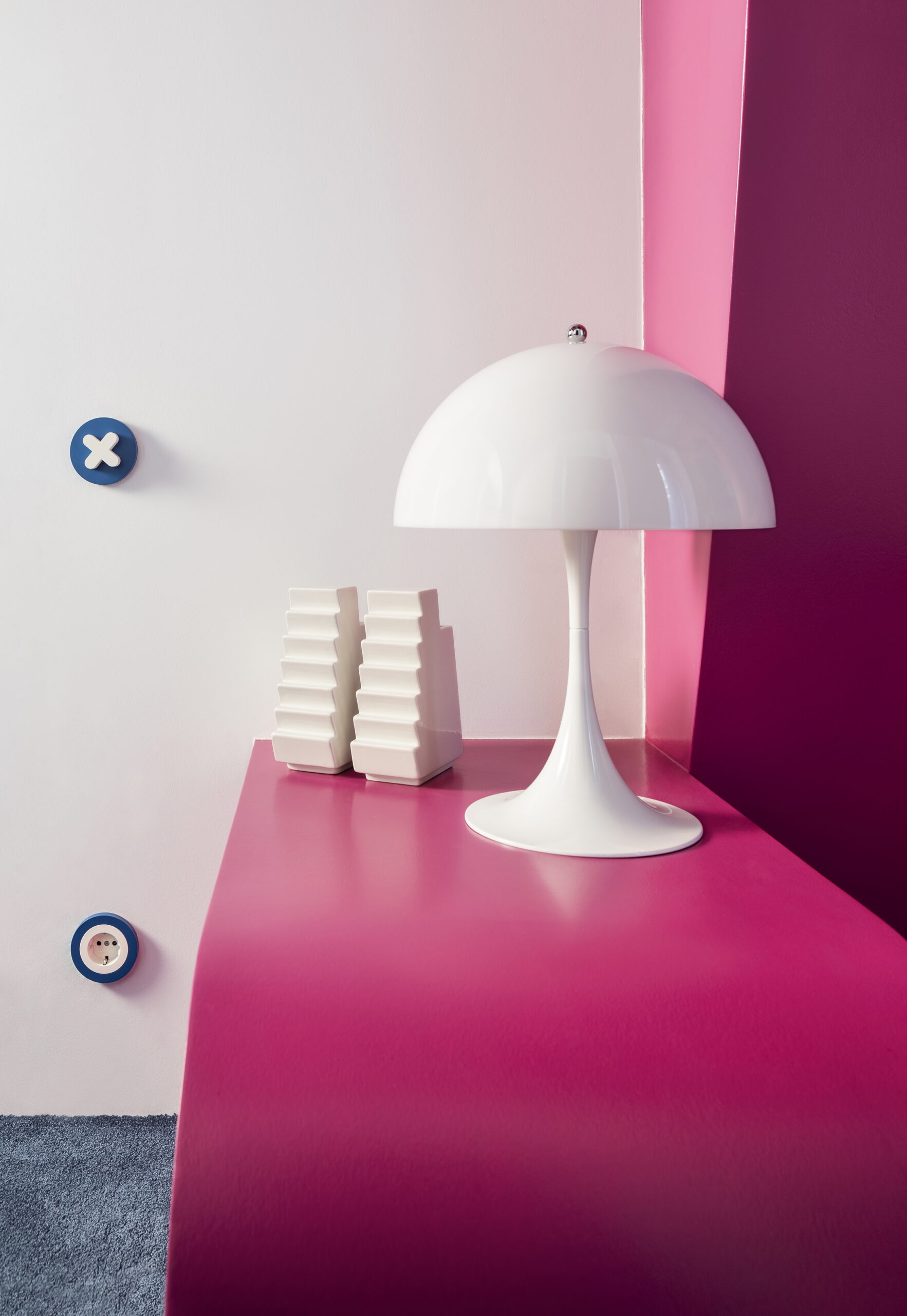
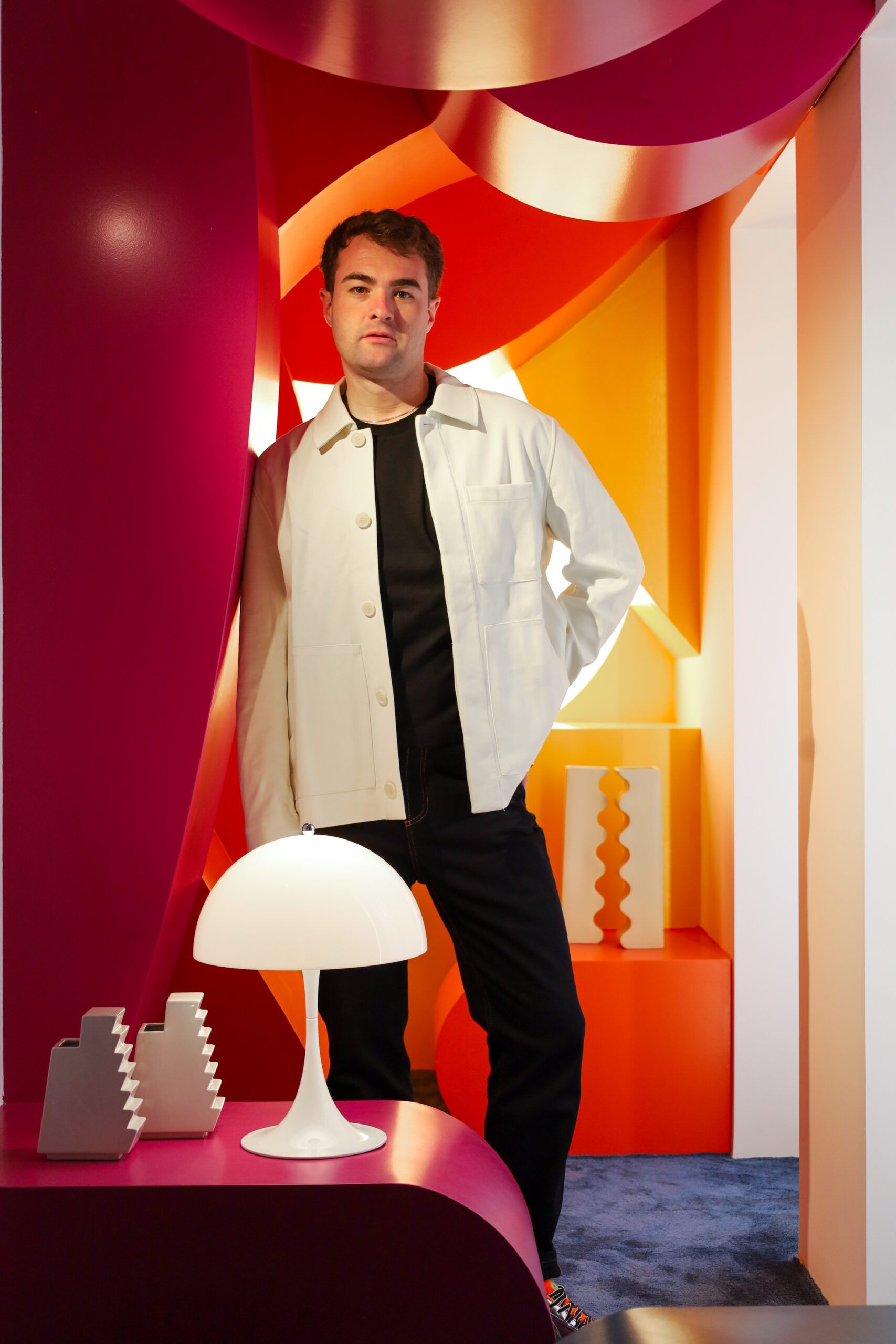
The accessories from The Masie complete the atmosphere with pieces that are small jewels of artisanal design, full of soul and personality. They are not decorative elements placed at random, but gestures with intention, nods to the glamour of the seventies that simultaneously speak a contemporary language. Each lamp, each object, is there to reinforce a coherent narrative, where everything adds value and nothing is superfluous.
But Club X is more than a spectacular interior. It is a proposal to inhabit life differently, where the personal, the emotional, and the collective intertwine without barriers. A place that does not impose rules, but invites experimentation, play, and celebration. Here, design becomes a choreography of shapes, light, sounds, and sensations. Disco music is not merely an aesthetic nod; it is the soundtrack of an attitude: that of someone who chooses to dance, enjoy intensely, and truly connect.
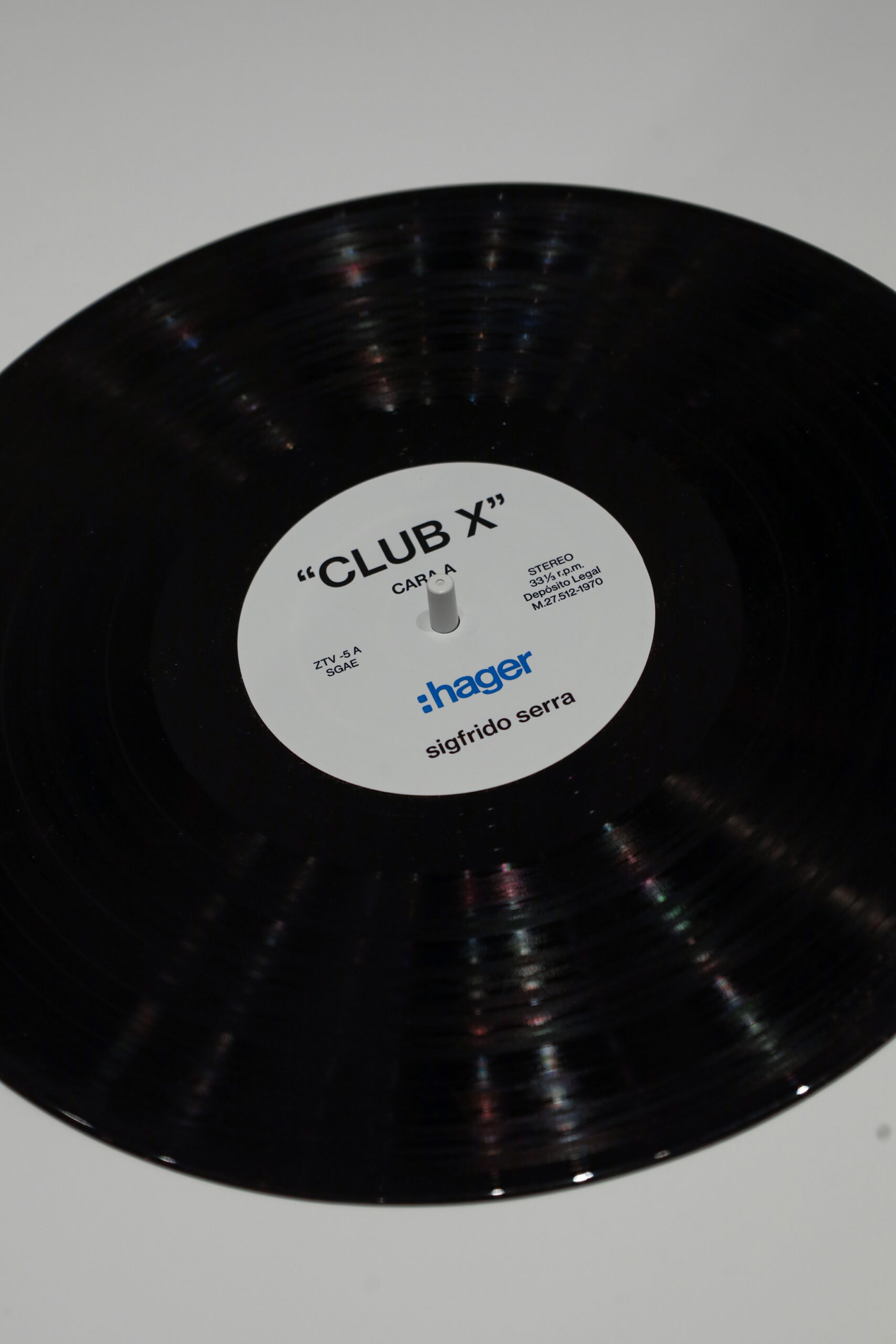
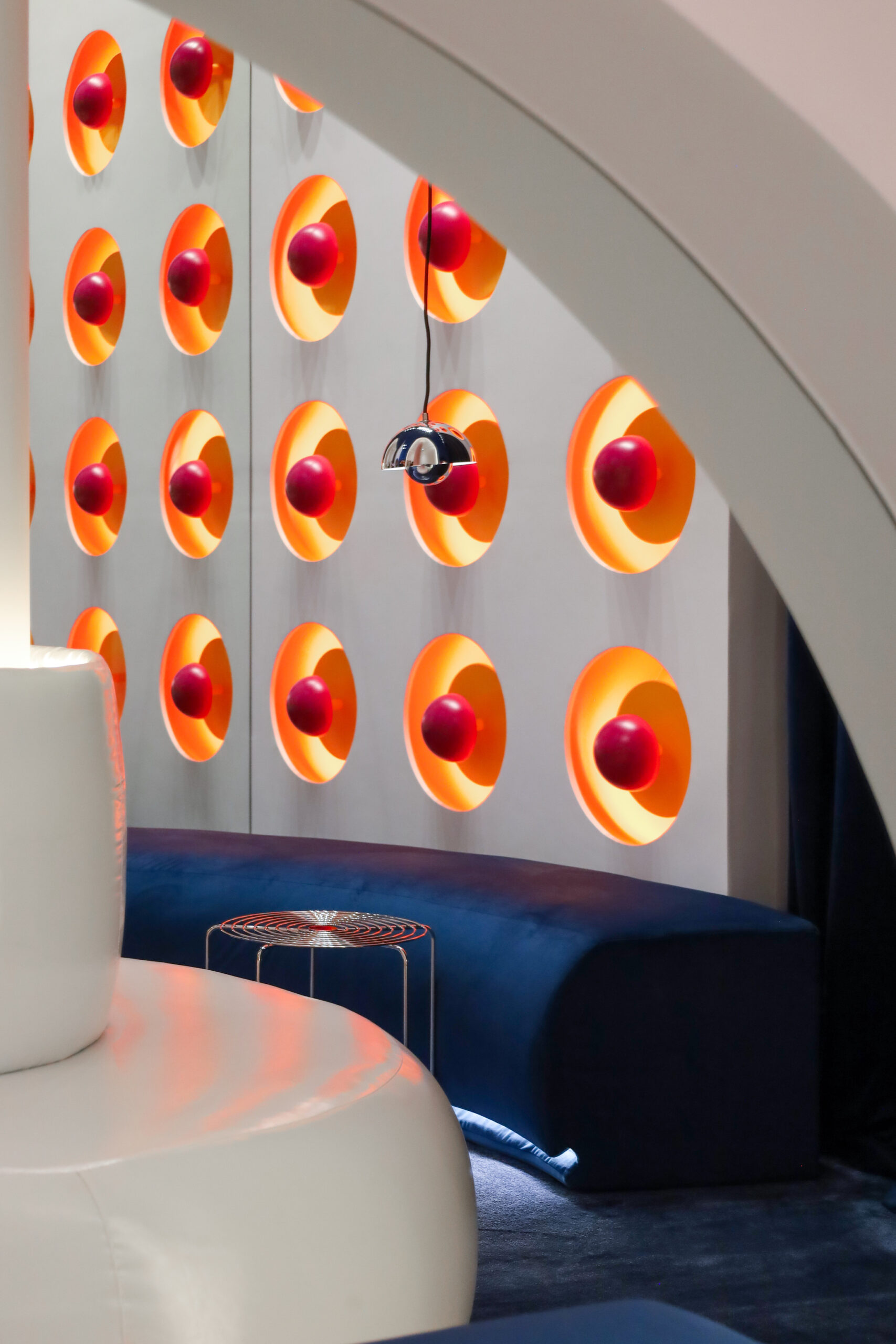
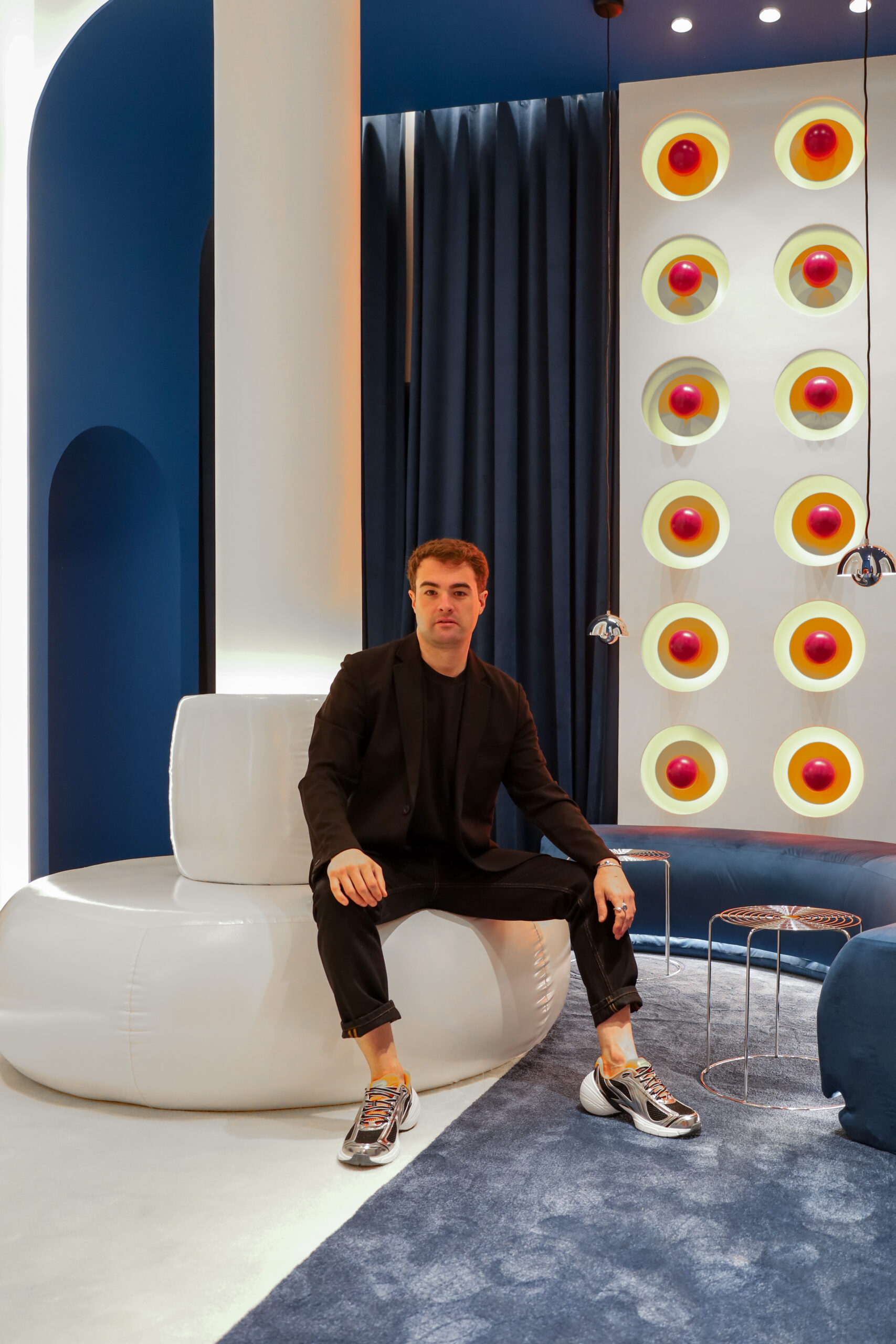
©2025 sigfrido serra studio. All Rights Reserved.